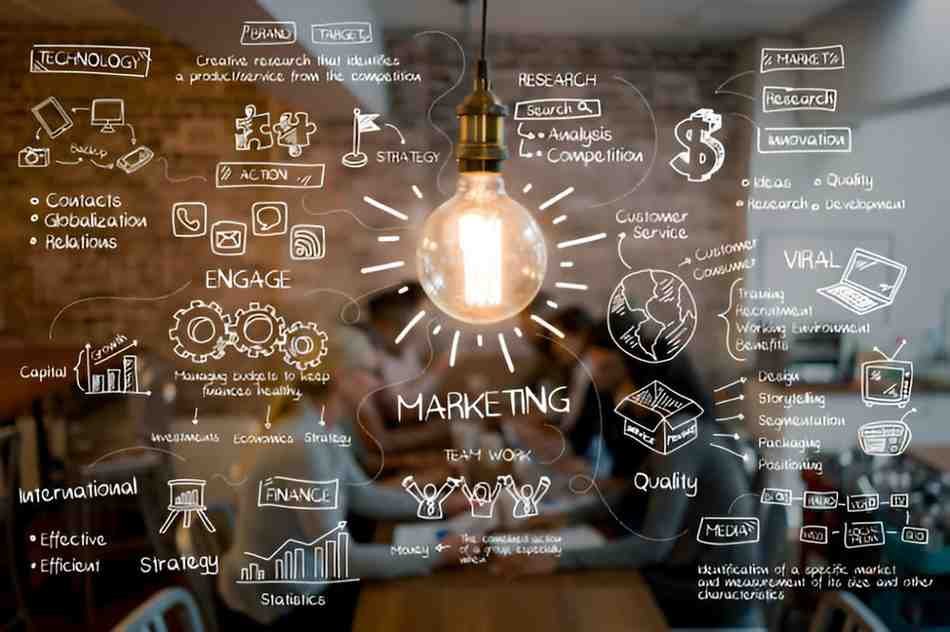As someone who has spent years analyzing marketing strategies, I understand how overwhelming promotional mix decisions can be for beginners. The promotional mix—advertising, sales promotion, public relations, personal selling, and direct marketing—requires a balanced approach. In this guide, I break down each element with practical insights, calculations, and real-world applications tailored for US businesses.
Table of Contents
Understanding the Promotional Mix
The promotional mix refers to the combination of marketing tools a business uses to communicate with its target audience. Each element serves a unique purpose, and mastering their interplay helps maximize return on investment (ROI).
The Five Core Elements
- Advertising – Paid, non-personal communication (TV, digital ads, billboards).
- Sales Promotion – Short-term incentives (discounts, coupons, BOGO deals).
- Public Relations (PR) – Managing public perception (press releases, events).
- Personal Selling – Direct interaction (sales reps, consultations).
- Direct Marketing – Targeted outreach (email, SMS, direct mail).
Each element has strengths and weaknesses. For example, advertising builds brand awareness but can be costly, while sales promotions drive quick sales but may erode long-term brand value.
Breaking Down Each Element
1. Advertising: The Mass Persuasion Tool
Advertising remains the most visible part of the promotional mix. In 2023, US ad spend reached \$305 billion, with digital ads accounting for 62\%.
Calculating Advertising ROI
To measure effectiveness, I use:
ROI_{ad} = \frac{(Revenue_{ad} - Cost_{ad})}{Cost_{ad}} \times 100Example: If a campaign costs \$10,000 and generates \$35,000 in sales:
ROI_{ad} = \frac{(35,000 - 10,000)}{10,000} \times 100 = 250\%A positive ROI means the campaign was profitable.
Choosing the Right Medium
| Medium | Pros | Cons |
|---|---|---|
| TV Ads | High reach, visual impact | Expensive, declining viewership |
| Social Media | Targeted, cost-effective | Algorithm-dependent |
| Tangible, trusted by older demographics | Declining readership |
2. Sales Promotion: The Short-Term Booster
Sales promotions work well for clearing inventory or attracting first-time buyers. Common tactics include:
- Discounts (20\% off)
- Buy-One-Get-One (BOGO)
- Loyalty points
Calculating Break-Even for a Promotion
Suppose a product costs \$50, and a 15\% discount is offered. The new price is:
50 \times (1 - 0.15) = \$42.50If the profit margin is 30\%, the minimum sales increase needed to maintain profit is:
Required\ Sales\ Increase = \frac{Original\ Margin}{New\ Margin} - 1 Original\ Margin = 50 \times 0.3 = \$15 New\ Margin = 42.50 - (50 - 15) = \$7.50 Required\ Sales\ Increase = \frac{15}{7.50} - 1 = 1.0\ (or\ 100\%)This means sales must double to justify the discount.
3. Public Relations: The Trust Builder
PR shapes brand perception without direct selling. A well-placed news story can be more credible than an ad.
Measuring PR Impact
- Media Impressions – Number of people exposed.
- Sentiment Analysis – Positive vs. negative coverage.
4. Personal Selling: The High-Touch Approach
Used in B2B or high-value B2C sales (e.g., real estate). The cost per acquisition (CPA) is higher but conversion rates are strong.
CPA = \frac{Total\ Sales\ Costs}{Number\ of\ Deals\ Closed}If a sales team spends \$50,000 to close 20 deals:
CPA = \frac{50,000}{20} = \$2,5005. Direct Marketing: The Precision Tool
Email marketing averages a 4200\% ROI, making it one of the most efficient channels.
Calculating Email Conversion Value
If an email campaign costs \$500 and generates 50 sales at \$100 each:
Revenue = 50 \times 100 = \$5,000 ROI = \frac{(5,000 - 500)}{500} \times 100 = 900\%Balancing the Mix
The right mix depends on:
- Budget – Small businesses may prioritize digital ads over TV.
- Target Audience – Younger consumers respond better to social media.
- Product Type – Complex products need personal selling.
Example Promotional Mix for a US Startup
| Element | Allocation (% of Budget) | Tactics |
|---|---|---|
| Digital Ads | 40% | Facebook, Google Ads |
| Sales Promotion | 20% | Limited-time discounts |
| PR | 15% | Press releases, influencer collabs |
| Email Marketing | 15% | Newsletter campaigns |
| Personal Selling | 10% | Sales demos for high-ticket items |
Common Pitfalls to Avoid
- Over-Reliance on One Element – Diversify to mitigate risks.
- Ignoring Measurement – Track ROI for every campaign.
- Neglecting Customer Feedback – Adjust strategies based on responses.
Final Thoughts
Mastering the promotional mix requires testing, measuring, and refining. I recommend starting with a small budget, analyzing performance, and scaling what works. By understanding each element’s role, even beginners can craft campaigns that drive real results.





